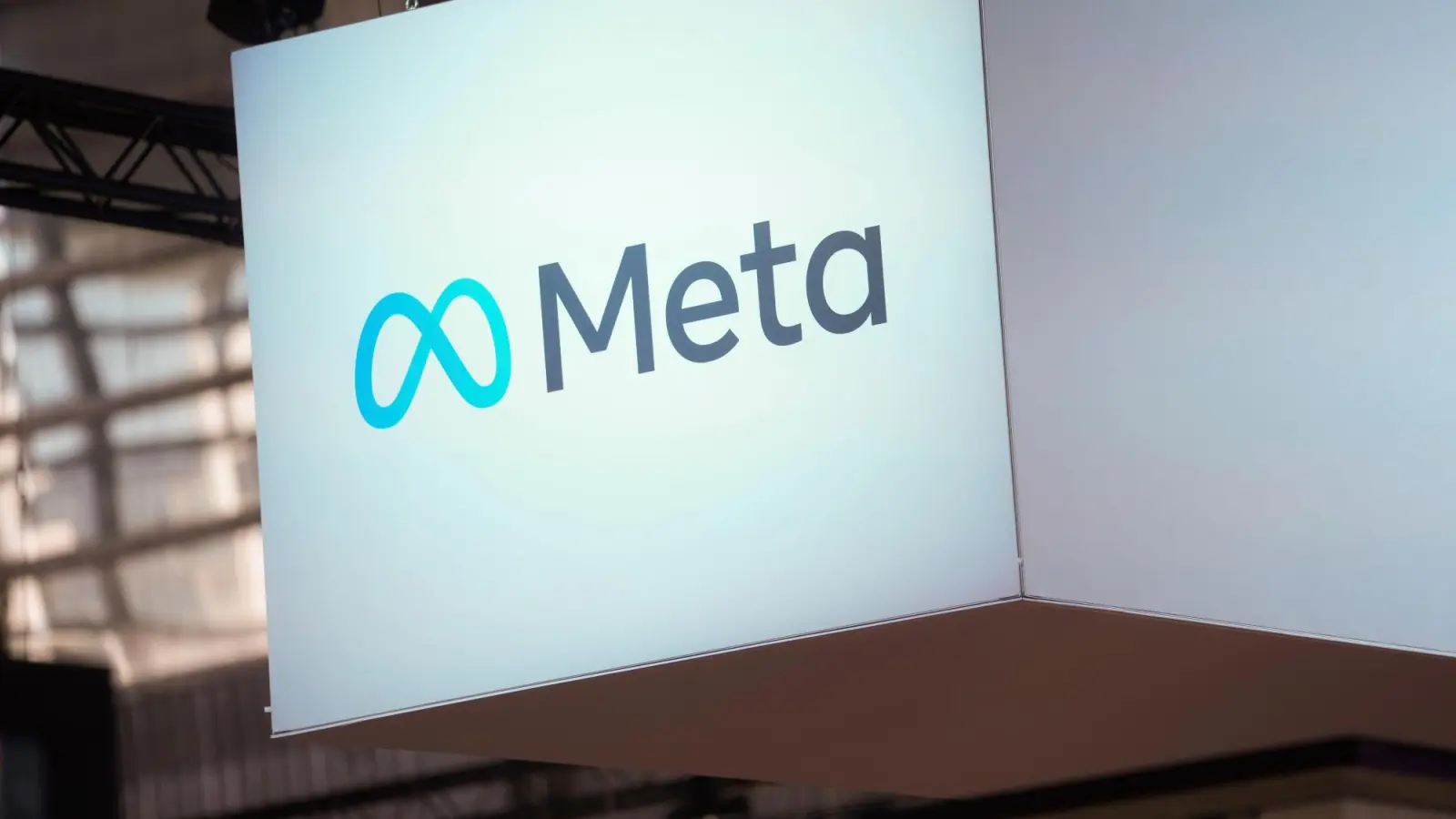By TOI TECH DESK
Copyright indiatimes

A recent study claimed that 95% of organizations are getting zero return, despite $30–40 billion in enterprise investment into GenAI. The study was conducted by the Massachusetts Institute of Technology (MIT) where it surveyed 300 AI deployments while the researchers spoke to approximately 350 employees. As per the study, the reason behind failure of investment on AI is because of the “learning gap”. “The core barrier to scaling is not infrastructure, regulation, or talent. It is learning. Most GenAI systems do not retain feedback, adapt to context, or improve over time,” the study highlighted.MIT published a report titled The GenAI Divide: State of AI in Business 2025, which said that only 5% of integrated AI pilots are extracting millions in value, while the vast majority remain stuck with no measurable P&L (profit & loss) impact. The study says that more than 80 % of organizations have explored or piloted tools like OpenAI’s ChatGPT and Microsoft’s Copilot. Nearly 40% reported deployment of these tools. However, these AI tools, as per the study, enhance individual productivity primarily with no P&L performance. “Most fail due to brittle workflows, lack of contextual learning, and misalignment with day-to-day operations,” the study highlighted.It said that sixty percent of organizations evaluated such AI tools, but only 20 percent reached pilot stage and just 5 percent reached production. Meanwhile, enterprise-grade systems, custom or vendor-sold, are being quietly rejected, the report added. Patterns defining GenAI divideThe study found four patterns that define the GenAI Divide: Limited disruption: Only 2 of 8 major sectors show meaningful structural changeEnterprise paradox: Big firms lead in pilot volume but lag in scale-upInvestment bias: Budgets favor visible, top-line functions over high-ROI back office Implementation advantage: External partnerships see twice the success rate of internal builds



